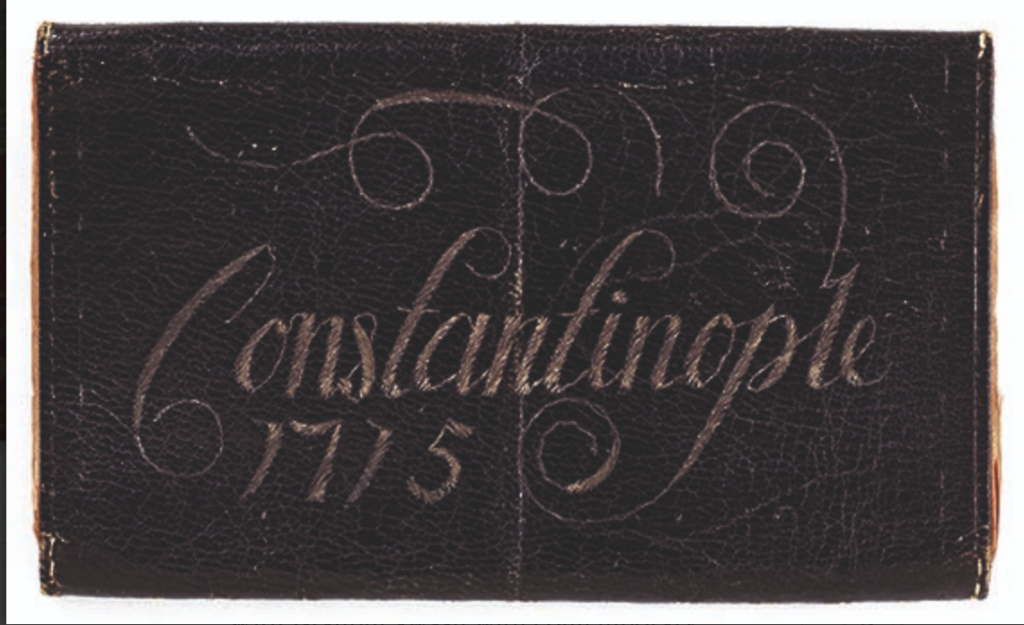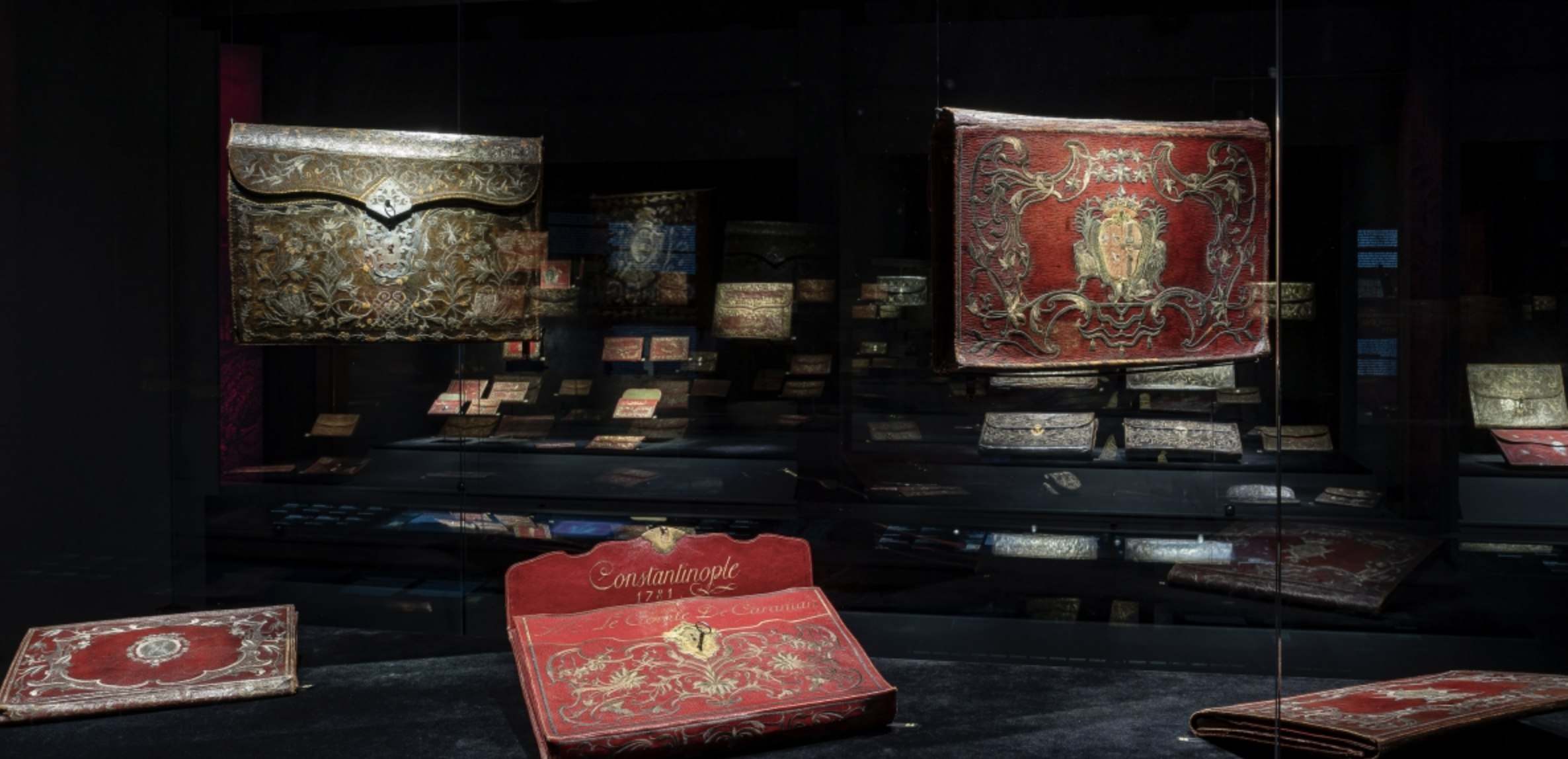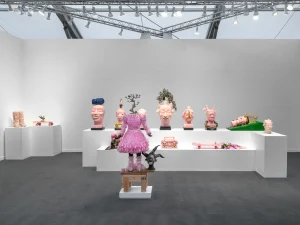Selected examples of crafted letter and document wallets in the Sadberk Hanım Museum and Ömer M. Koç collections are on display at Sadberk Hanım Museum’s latest exhibition.
The exhibition consists of 91 wallets in all—76 letter wallets and 15 document wallets—the earliest dating from 1669 and the latest from 1835. All have survived in excellent condition, bearing witness to the high standards achieved by Ottoman leather workers. The “For my friend: Embroidered Letter and Document Wallets in the Sadberk Hanım Museum and Ömer M. Koç Collections” exhibited is curated by Hülya Bilgi and accompanied by an eponymous catalogue that is the most extensive study of these artefacts so far undertaken; giving a detailed account of these wallets. These two collections are constantly expanding, as new examples are acquired one by one from different countries. We are justly proud to have brought them back to Istanbul, which was the most important centre of production of these wallets, centuries after they were originally made. As the inscription “For my friend” shows, some were made as souvenirs of friendship and others were used by merchants, military officers or ambassadors to carry official letters and documents safely.
The curator of the exhibition Hülya Bilgi said: ‘‘ Richly embroidered letter and document wallets produced from the late seventeenth century, principally for Western diplomats and merchants who travelled to the Ottoman Empire, exemplify the heights achieved by Ottoman leather workers and embroiderers. Noting the excellent quality of Turkish leatherwork, the 16th-century French traveller and diplomat Pierre Belon commented, “No one can sew leather as neatly as they do.”’’

Ottoman embroidery
The leather letter and document wallets that were viewed as symbols of prestige by many Europeans form an important category of Ottoman embroidery. These wallets embroidered with Ottoman motifs were produced by local craftsmen as souvenirs in major centres of diplomacy and trade like Istanbul and Izmir, and were particularly popular among the travellers, merchants and diplomats who visited these cities. The wallets they chose from among those ready-made in the shops were then personalised according to the specifications of each customer, by embroidering them with the place, date, name of the purchaser and, if desired, a dedication. One of the most moving of these dedications, “For my friend”, inspired the title of this exhibition.
These two diverse groups of wallets formed independently of one another over time, as part of the Ömer M. Koç and Sadberk Hanım Museum collections, have now been brought together at this exhibition for visitors to enjoy. The “document wallets/diplomatic wallets” that were mainly used by diplomats, high-ranking bureaucrats and military officers form a separate category distinguished by their large size, high-quality materials, skilled craftsmanship, exquisite embroidered decoration and locks. From the dates, names and armorial devices embroidered on some of the wallets, it is possible to identify the diplomats, bureaucrats or officers who owned them. For example, the coat of arms of Gravier de Vergennes Bourgogne is embroidered on the back of a document wallet dated 1774, from which we can surmise that it belonged to Charles Gravier, Count of Vergennes (1717-1787), who served as French ambassador extraordinary to Istanbul between 1755 and 1768, although the date on the wallet shows that he acquired it later.











